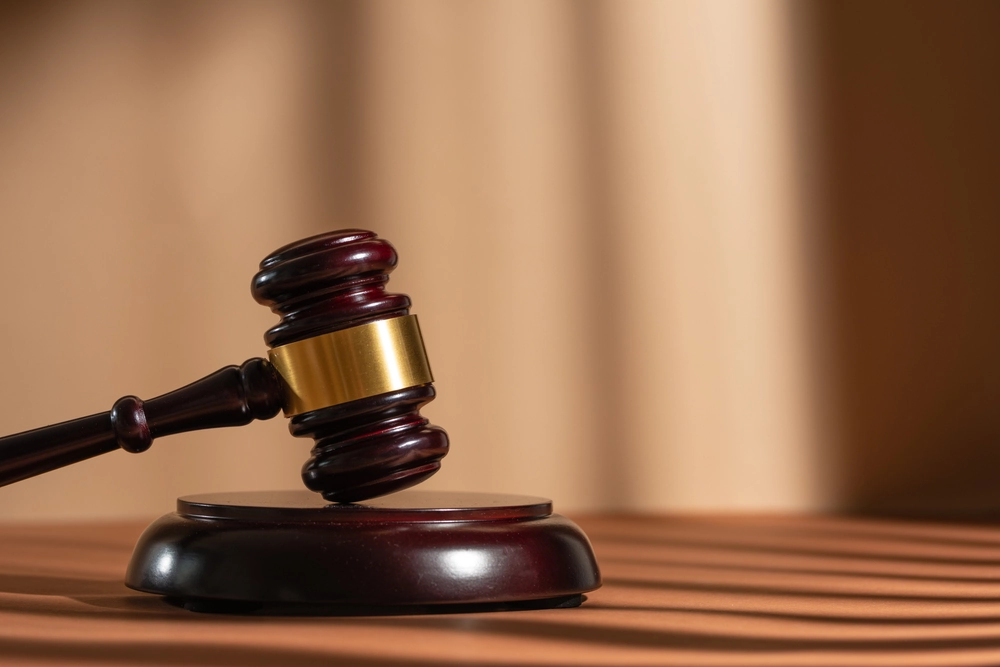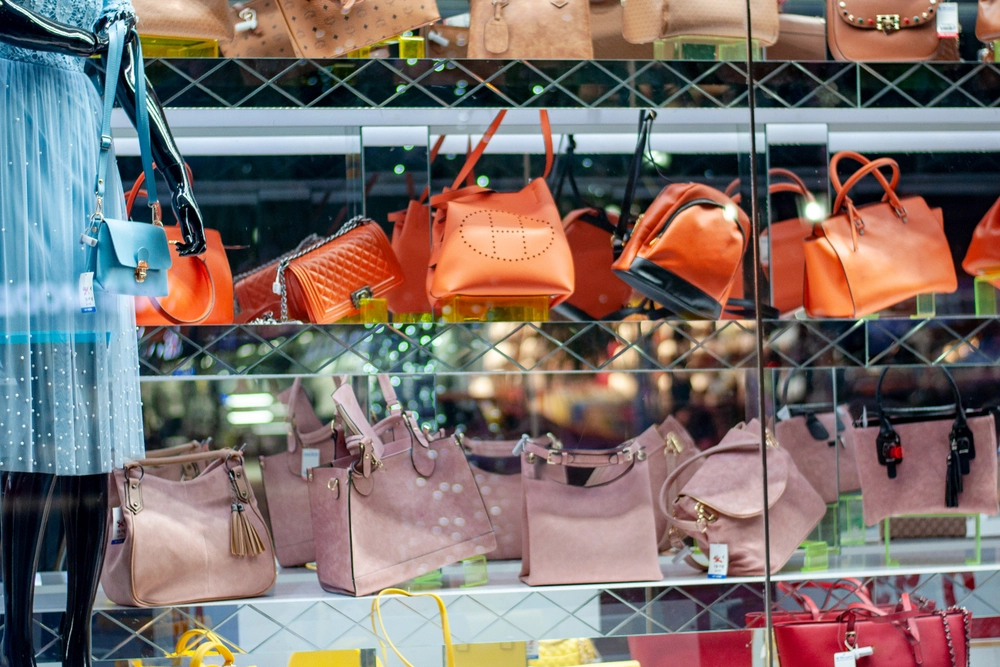
Upwards success for Umbro: the Court of Appeal confirms how an angled view of a logo can be enough for post-sale confusion

In April 2023, we reported on the High Court's judgment in Iconix Luxembourg Holdings SARL v Dream Pairs Europe Inc and another [2023] EWHC 706 (Ch). In that judgment, notwithstanding a finding that Umbro's double diamond logo had a significant reputation and a high degree of distinctive character, it was found that Dream Pairs' use of a similar logo was not infringing.
Iconix (who own the rights to Umbro) appealed the High Court's decision and the Court of Appeal has since overturned it. After drawing particular attention to the post-sale context, a likelihood of confusion was found.
The background
For a comprehensive overview of the background of this dispute please see our earlier article referring to the High Court judgment. By way of overview, Miles J for the High Court held that upon a side-by-side comparison of the parties' marks (as set out below), the marks were only of a "very faint" similarity since the average consumer would consider:
- the double diamond logo as a flat elongated diamond; and
- the Dream Pairs' contested logo as a "broken square with a P-shape in the middle".
Despite both parties using their respective marks on identical goods (such as football boots), among others, the High Court found that there was no infringement on the basis of section 10(2)(b) of the Trade Marks Act 1994 since there was no likelihood of confusion between the parties' marks. This applied to pre and post-sale use of the marks and irrespective of the fact that Iconix pleaded that the average consumer would not always view the Dream Pairs' contested logo square-on. The arguments pleaded under section 10(3) of the Trade Marks Act 1994 were also unsuccessful.

The appeal
Iconix appealed the High Court's judgment on a number of grounds, mainly arguing that Miles J erred in his likelihood of post-sale confusion analysis and in his assessment of similarity between the parties' marks. In doing so, Iconix focused its case on the mark labelled as "Mark 1 (1st of series)" noted above and how it was affixed to footwear and its post-sale context. Notably, Iconix argued that Miles J erred:
- by deeming the P-like shape in the middle of the Dream Pairs' contested logo the distinctive and dominant element, this led to a material error in the marks' similarity assessment;
- when finding a "very faint" similarity between the marks;
- when considering the marks' similarity in a post-sale context. In particular, the side-by-side comparison impeded his ability to consider the impact of the Dream Pairs' contested logo affixed on footwear and viewed by consumers who had not seen the logo before; and
- in not taking account of the post-sale viewing angle not being square-on.
The Court of Appeal judgment
The Court of Appeal granted the appeal in Iconix Luxembourg Holdings Sarl v Dream Pairs Europe Inc and another company [2024] EWCA Civ 29.
Immediately, Lord Justice Arnold, acting on behalf of the Court of Appeal, interestingly highlighted that when the Dream Pairs' contested logo is applied onto footwear, the logo is "less crisp".
After analysing each of the appealed grounds, Lord Justice Arnold set out examples of where the Dream Pairs' contested logo would be encountered by consumers. For instance, from a looking down angle on a pair of football boots worn by someone else who had not seen a graphical representation of the mark. It was held that Miles J erred in his judgment on each appealed ground noted above.
Lord Justice Arnold emphasised that it was considered realistic and representative to assess the post-sale impact of the use of the Dream Pairs' contested logo. In comparison to the Mark 1 (1st of series) double diamond logo, there was a "moderately high level of similarity", particularly in light of the possibility of imperfect recollection. A likelihood of confusion was therefore found.
Our thoughts
Bethany Wheeler-Fowler, IP Solicitor said: "As appeals can only be made on proper legal grounds (for example, the judge erred on the law or the procedure), this judgment demonstrates the importance of identifying cracks in a judgment that may nonetheless pave the way for a decision to be overturned.
"This judgment is also a welcomed guidance on post-sale confusion within trade mark infringement disputes. It reiterates previous case law that the actual use of a mark in the context in which it is used should be taken into account. It is therefore a useful recent precedent for constructing arguments about how the real-life use of the trade marks should be considered and that the similarity analysis of trade marks should not be a mere side-by-side comparison. It also provides an interesting discussion regarding the dominant and distinctiveness analysis of trade marks – particularly that where single logos are considered, the logo should be considered as a whole and not isolated into dominant and distinctive parts.
"It will be interesting to see if this judgment introduces any changes of practice at the UK IPO and in other judgments as to the comparative analysis of trade mark similarity."
Get in touch
If you have any questions relating to this judgment, please contact a member of our IP team.






















